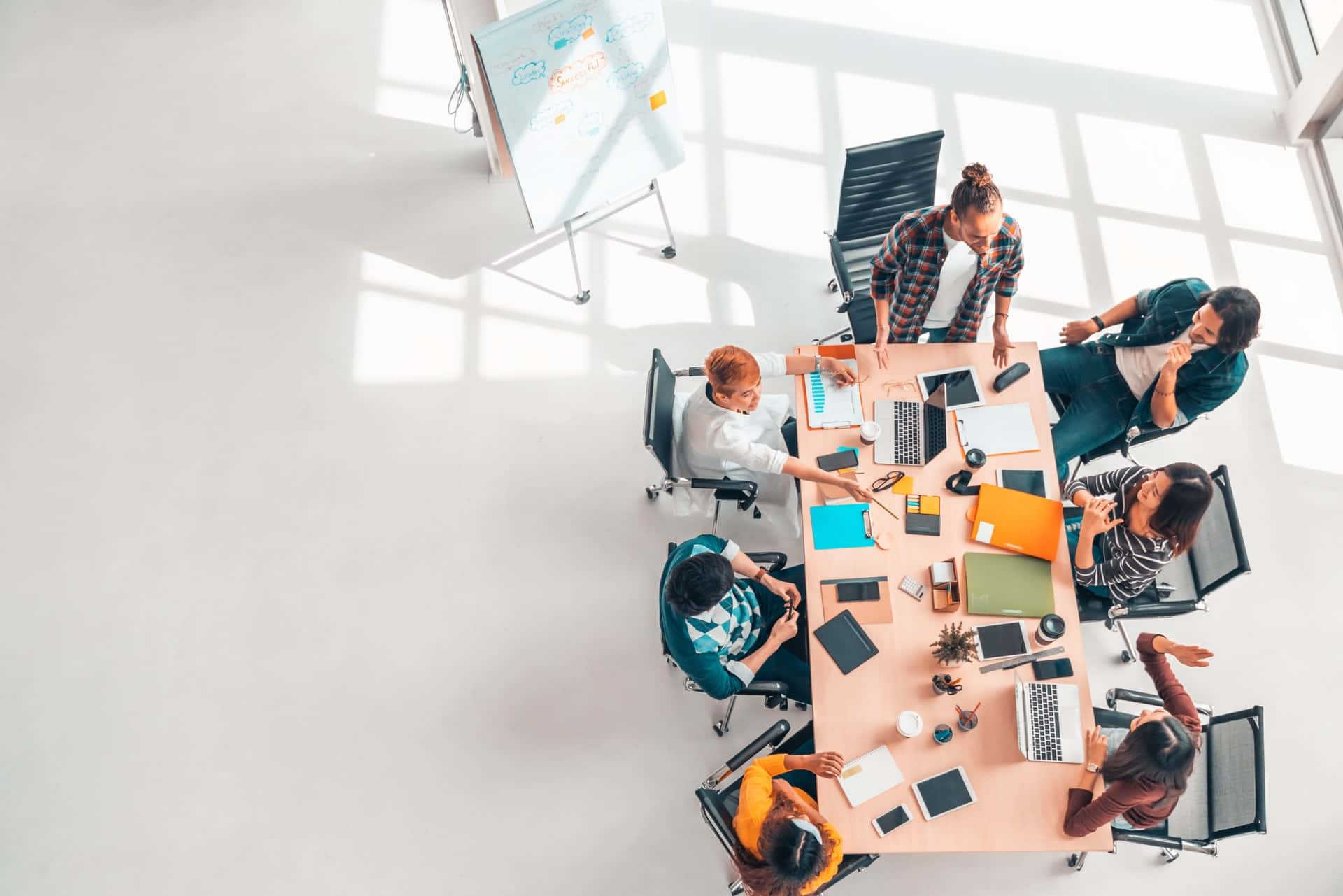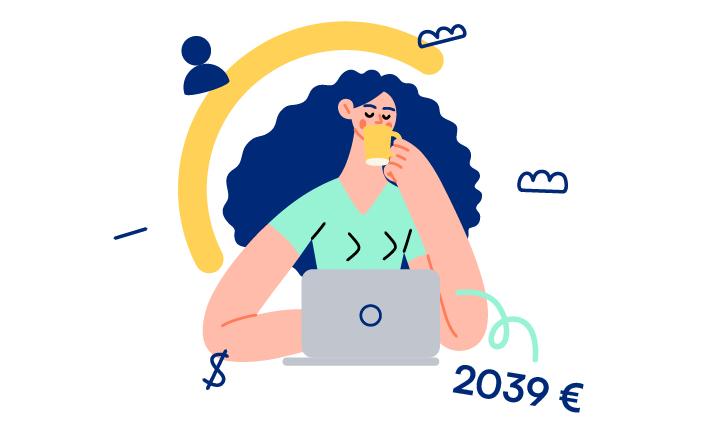
Modeling the present, past and future of real terrains from in-situ geological annotations
Le descriptif de l’offre ci-dessous est en Anglais
Niveau de diplôme exigé : Bac + 5 ou équivalent
Fonction : Stagiaire de la recherche
A propos du centre ou de la direction fonctionnelle
Inria is the French National Institute for Research in Digital Science, of which the Inria Côte d'Azur University Center is a part. With strong expertise in computer science and applied mathematics, the research projects of the Inria Côte d'Azur University Center cover all aspects of digital science and technology and generate innovation. Based mainly in Sophia Antipolis, but also in Nice and Montpellier, it brings together 47 research teams and nine support services. It is active in the fields of artificial intelligence, data science, IT system security, robotics, network engineering, natural risk prevention, ecological transition, digital biology, computational neuroscience, health data, and more. The Inria Center at Université Côte d'Azur is a major player in terms of scientific excellence, thanks to the results it has achieved and its collaborations at both European and international level.
Mission confiée
Context and goal
One of the fundamental challenges of geology is to understand the soil, the subsoil and its history, which makes it of great importance to society. Mapping the different types of underground rocks is key to an optimal access to water and natural resources. Knowledge of soils and their chemical composition helps ensure the viability of certain plant species, and thus protect biodiversity. Finally, the study of the physics and history of landscapes improves understanding of risks, enabling to anticipate and prevent landslides, floods, coastal erosion.
Geologic knowledge is first acquired in the field. Geologists observe the geometry and composition of the subsoil where rock structures outcrop. They record their observations in field notebooks with sketches, annotations, various notes and measurements, as illustrated in Figure 1a. This information is subsequently analyzed and used to draw up geological maps, and to create 3D models of the subsoil structure (Figure 1b).
However, translating field observations into geologically-consistent 3D models is a tedious manual process. First, experts need to make numerous assumptions and hypotheses to deduce complete underground structures from sparse observations and measurements. Second, existing tools focus on specifying the static 3D geometry of the soil at the time of observation rather than reasoning about the sequence of past geological events (sedimentation, uplift, crustal folding and faulting, erosion) that resulted in this geometry [1].
Our goal is to inform the creation of geological maps by modeling the history of the soil. Accounting for the events that caused specific geological structures will help experts
decide among concurrent interpretations of the field observations, will help deduce the geometry of these structures in-between observations, and will allow simulating the evolution of these structures through time, in the past and in the future [2].
Approach
Our long-term goal is to provide a modeling tool that infers past geological events from present observations of the soil structures. Achieving this goal entails several sub-goals, which we plan to explore as part of this internship:
1. Study the most common geological events and formulate constraints that each event implies on soil structures. For example, sedimentation comes from the deposition and solidification of particles transported by fluids (air, rivers, oceans), with the associated constraint that sedimentation only adds material with a flat surface. We will collaborate with the French institute on geology BRGM to perform this study, and build on existing literature on geologic modeling [3,4].
2. Define a spatio-temporal representation of the soil suitable for geometric modeling of the geologic structures and their evolution. Prior work proposed different representations of the static geometry of the soil, including implicit surfaces [5] and heightfields [6]. The key challenge will be to adapt these data structures to model transformations of the geometry through geological events.
3. Implement a 3D modeling tool [7] that allows users to create soil structures by sketching the same annotations as they do in field observations. The tool will translate these annotations into geologically-sound structures by enforcing the event-based constraints formulated in 1. on the spatio-temporal representation defined in 2.
In the context of a master-level internship, we will narrow the scope of this research to a small number of geological events (1.), and focus on the definition of the representation adapted to these events (2.). If successful, the internship could be pursued as a Ph.D. to explore all three sub-goals in depth.
References
[1] G. Cordonnier, M.-P. Cani, B. Benes, J. Braun, E. Galin, “Sculpting Mountains: Interactive Terrain Modeling Based on Subsurface Geology,“, IEEE TVCG, 24, pp 1765-1769, 2018
[2] M. Garcia, M.-P. Cani, R. Ronfard, C. Gout, C. Perrenoud, “Automatic generation of geological stories from a single sketch,“ Expressive, 17, pp 1-15, 2018
[3] M. Natali, E. M. Lidal, J. Parulek, I. Viola, D. Patel, "Modeling Terrains and Subsurface Geology," EuroGraphics 2013 State of the Art Reports (STARs), p. 155–173, 2023
[4] G. Caumon, P. Collon-Drouaillet, C. Le Carlier de Veslud, S. Viseur & J. Sausse, "Surface-Based 3D Modeling of Geological Structures", Mathematical Geosciences, 41, pp 927–945, 2009
[5] E. Lidal, D. Patel, M. Bendiksen, T. Langeland, and I. Viola, "Rapid Sketch-based 3D Modeling of Geology," Proceedings of EnvirVis Short Papers, 2013.
[6] M. Natali, J. Parulek, and D. Patel, "Rapid Modelling of Interactive Geological Illustrations with Faults and Compaction," Proceedings of Spring Conference on Computer Graphics (SCCG), 2014.
[7] L. Wang, Y. Yu, K. Zhou, B. Guo, "Multiscale vector volumes", ACM TOG, 6, pp 1–8, 2011
Principales activités
Main research activities:
- Bibliography study
- Implementation of a prototype and experiment
- Analysis of the results
- Scientific communication
Compétences
Computer Graphics, Machine Learning
PDE and physical simulation is a plus
C/C++, Cuda, Python
Avantages
4. Subsidized meals
5. Partial reimbursement of public transport costs
6. Leave: 7 weeks of annual leave + 10 extra days off due to RTT (statutory reduction in working hours) + possibility of exceptional leave (sick children, moving home, etc.)
7. Possibility of teleworking (after 6 months of employment) and flexible organization of working hours
8. Professional equipment available (videoconferencing, loan of computer equipment, etc.)
9. Social, cultural and sports events and activities
10. Access to vocational training
11. Contribution to mutual insurance (subject to conditions)
Rémunération
Traineeship grant depending on attendance hours.

En cliquant sur "JE DÉPOSE MON CV", vous acceptez nos CGU et déclarez avoir pris connaissance de la politique de protection des données du site jobijoba.com.